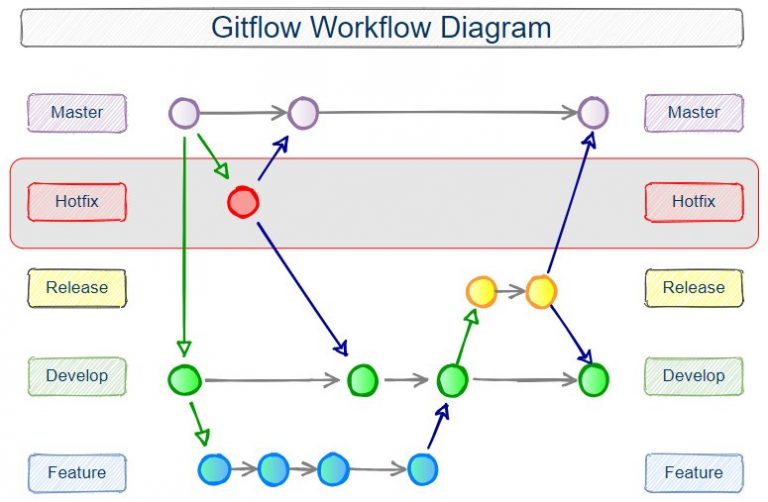


GitLab’s merge request provides a platform for peer review before integration.

This approach mitigates the complexity of merging large sets of changes, and promotes earlier identification of potential conflicts.Ĭode Review: Foster a code review culture to improve code quality and share knowledge. It’s a good practice to regularly merge branches back into the main branch, ensuring that you don’t deviate too far from the project’s primary development line.Ĭontinuous Integration: Always merge changes back to the main branch. Short-Lived Branches: Short-lived branches minimize the chance of creating merge conflicts, making the merging process smoother. This ensures that every commit has a specific, single purpose, making it easier to understand what changes were made and why. This continuous validation of every commit helps catch issues early.Ītomic Commits: An atomic commit refers to a set of changes that address only one issue. Separate branches for features, releases, and hotfixes can streamline your workflow.Īutomated Builds: Set up GitLab CI/CD for automatic builds upon repository changes. Here are some high level best practices to keep in mind when using GitLab for your CI/CD setup:īranching Strategy: Implementing a branching strategy like GitFlow fosters an organized codebase and supports parallel development. GitLab, a versatile DevOps platform, provides an extensive suite of CI/CD tools to aid in crafting an efficient pipeline.
#GITLAB BRANCHING STRATEGY SOFTWARE#
Agility and speed are paramount, and employing robust Continuous Integration/Continuous Deployment (CI/CD) practices is non-negotiable for modern software development teams.


 0 kommentar(er)
0 kommentar(er)
